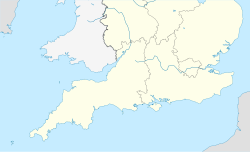| North British Type 2 diesel-hydraulic British Rail Class 22 | |||||||||||||||||||||||||||||||||||||||||||
|---|---|---|---|---|---|---|---|---|---|---|---|---|---|---|---|---|---|---|---|---|---|---|---|---|---|---|---|---|---|---|---|---|---|---|---|---|---|---|---|---|---|---|---|
 A Class 22 at Old Oak Common, 1965 | |||||||||||||||||||||||||||||||||||||||||||
| |||||||||||||||||||||||||||||||||||||||||||
| |||||||||||||||||||||||||||||||||||||||||||
| |||||||||||||||||||||||||||||||||||||||||||
| |||||||||||||||||||||||||||||||||||||||||||
| Sources: [7] except where noted | |||||||||||||||||||||||||||||||||||||||||||
The British Rail Class 22 or "Baby Warship" was a class of diesel-hydraulic locomotives designed for the Western Region of British Railways and built by the North British Locomotive Company. They were very similar in appearance to the Class 21 diesel-electrics, although shorter in length by almost five feet. The nickname Baby Warship related to the similarity in appearance (and internal equipment) to the British Rail Class D20/2 or Class 41 Warship Class. The Class 22s were numbered D6300-D6357. [8]
